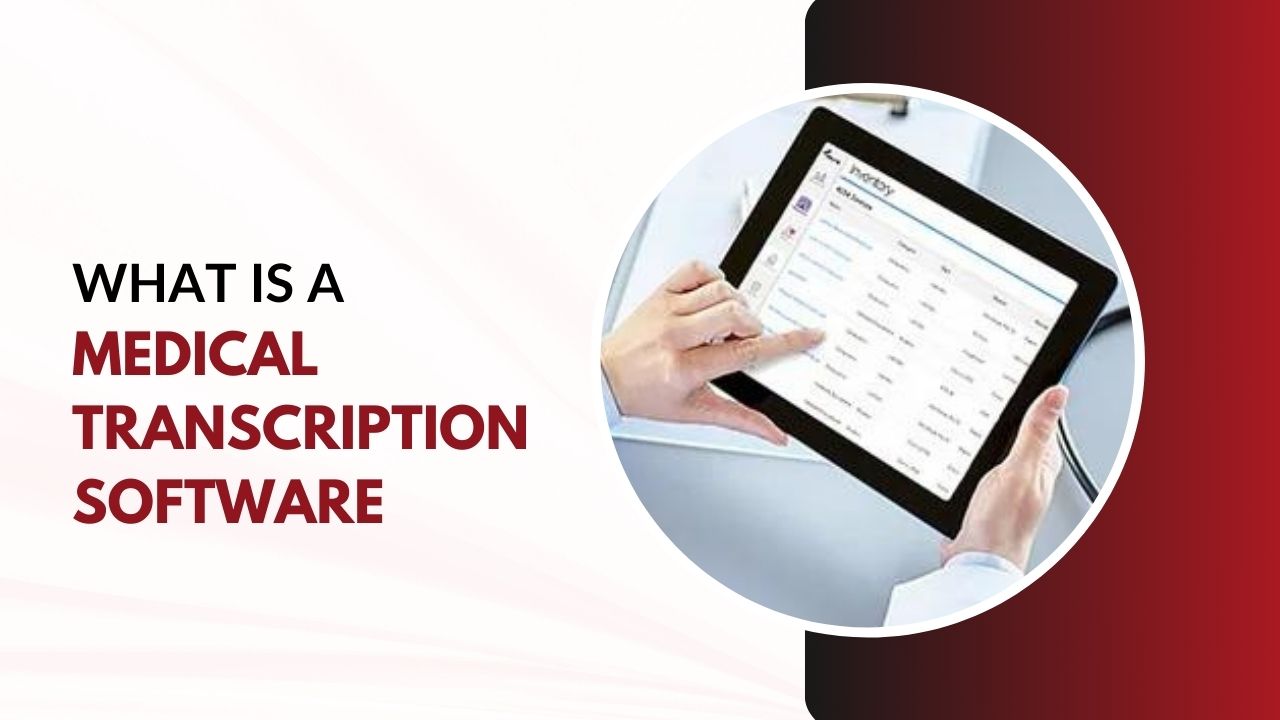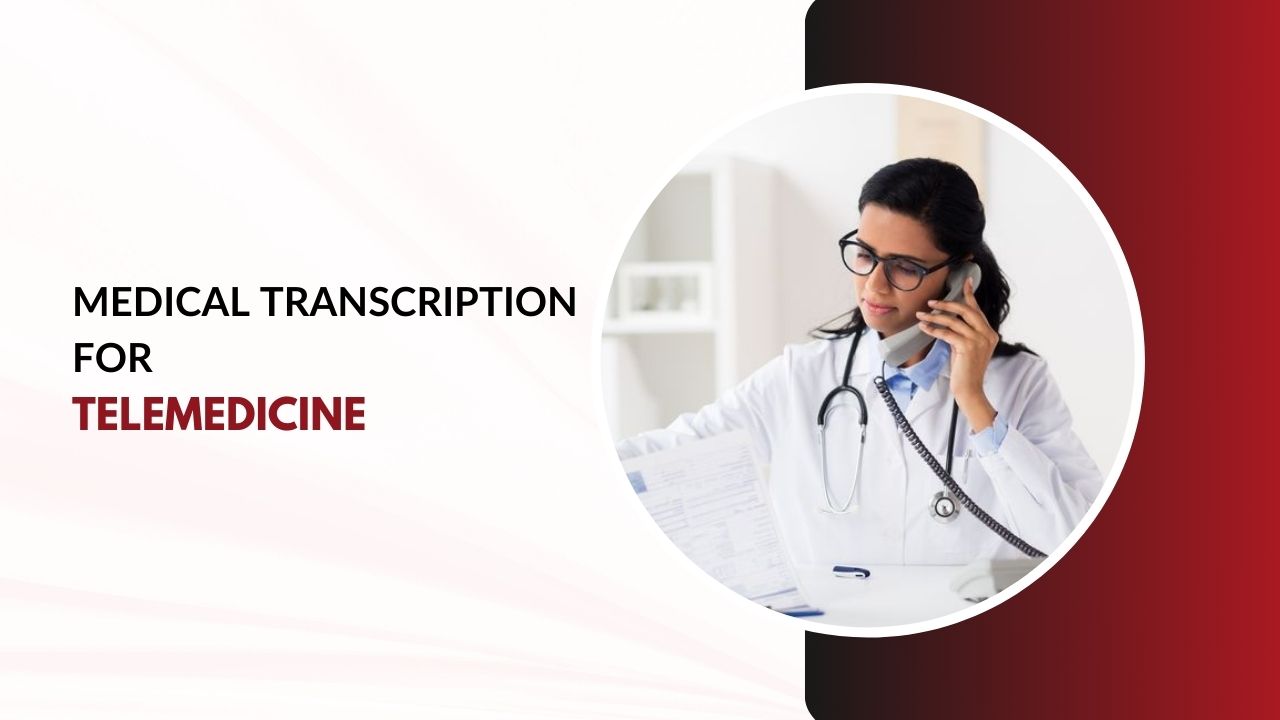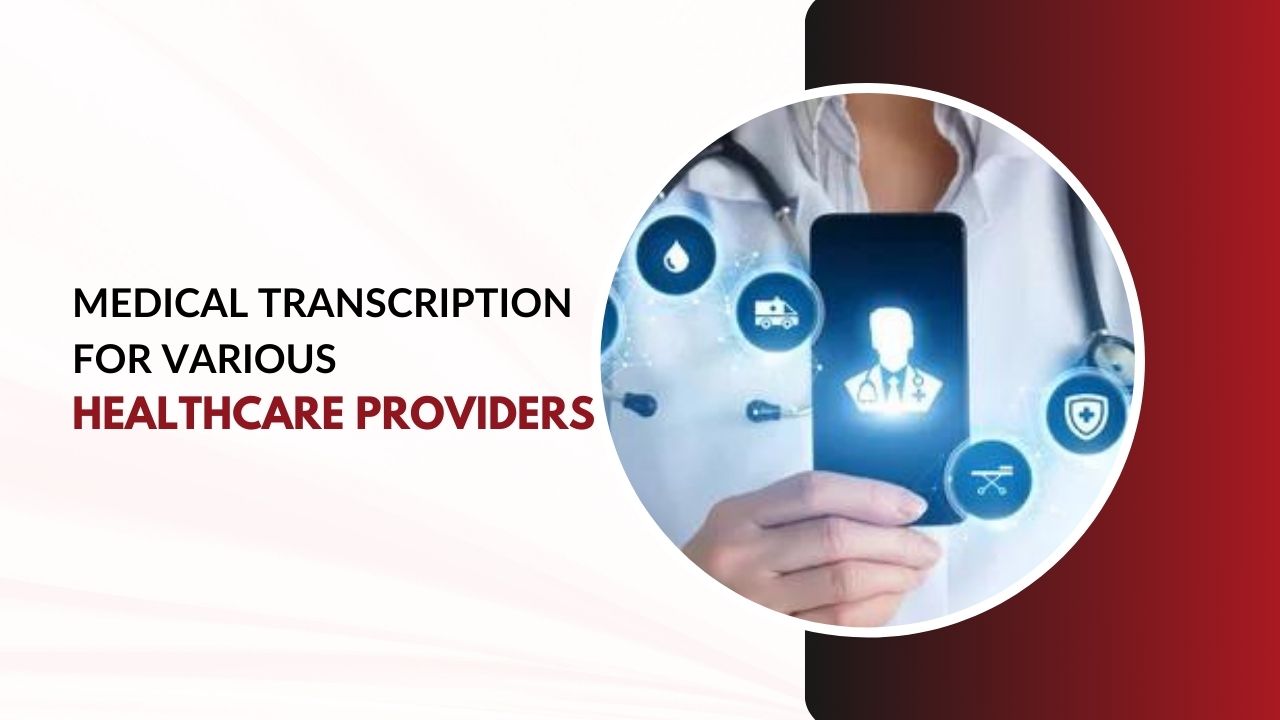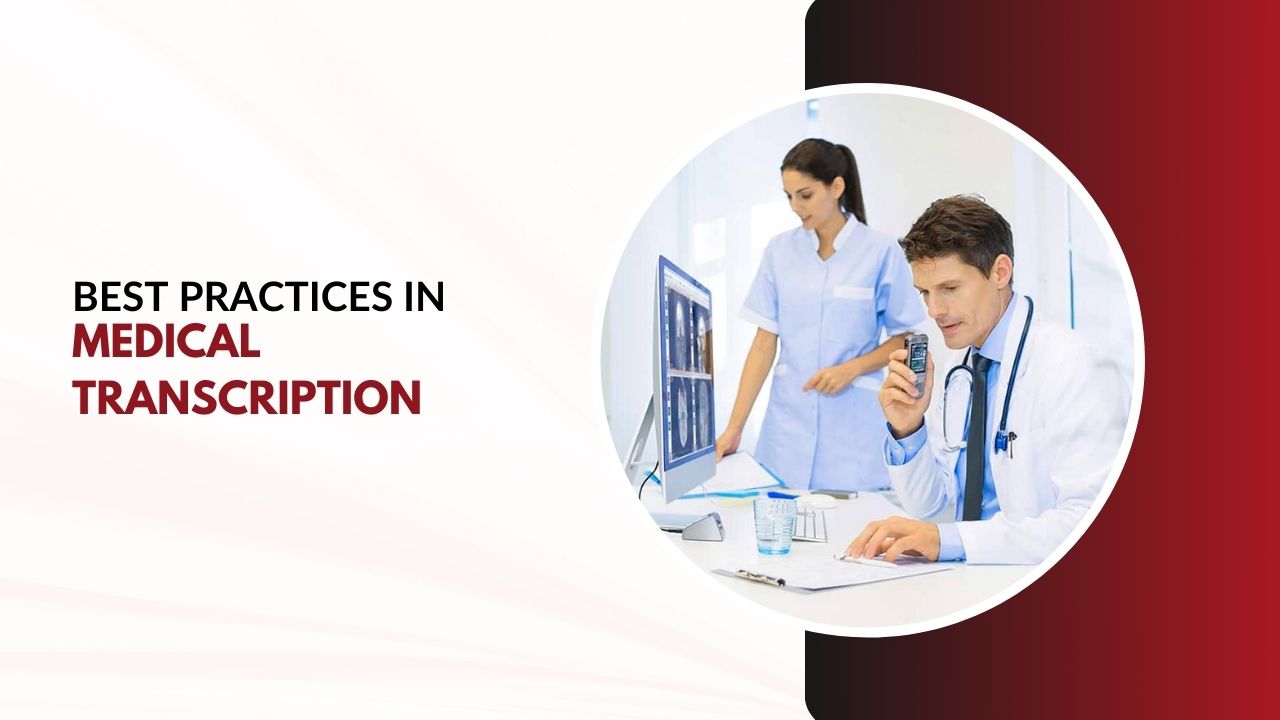In the world of modern healthcare, accurate and efficient record-keeping is crucial. Doctors, nurses, and other healthcare professionals generate vast amounts of patient information every day. To maintain these records effectively, many healthcare facilities turn to medical transcription software, a valuable tool that simplifies the process of medical transcription, converting spoken words into written text.
What is Medical Transcription Software?
Medical transcription software is a specialized technology designed to transcribe spoken words into text. It plays a vital role in documenting patient encounters, including doctor-patient conversations, diagnoses, treatment plans, and more. The software helps ensure that patient information is accurately recorded, organized, and easily accessible.
The Basics of Medical Transcription Software

1. Audio Input: Medical transcription software typically begins with an audio input, which can be in the form of recorded doctor-patient conversations or dictations. These audio files serve as the source material for transcription.
2. Transcription Process: Once the audio files are uploaded, the software transcribes the spoken words into written text. It utilizes sophisticated speech recognition algorithms to convert the spoken language into a textual format.
3. Editing: While the software is quite advanced, it’s not perfect. After transcription, medical professionals often review and edit the text to ensure accuracy and completeness. This step helps to catch any potential errors and enhance the quality of the medical records.
4. Storage and Retrieval: The transcribed documents are securely stored in electronic health records (EHR) systems. These records can be easily retrieved by healthcare providers when needed for patient care, billing, or legal purposes.
Benefits of Medical Transcription Software
Medical transcription software offers numerous benefits to the healthcare industry:
1. Time Efficiency: It significantly reduces the time spent on manual record-keeping, allowing healthcare professionals to focus on patient care.
2. Accuracy: Medical transcription software helps minimize transcription errors, ensuring that medical records are precise and reliable.
3. Cost Savings: By automating transcription, healthcare facilities can save on labor costs associated with manual data entry.
4. Accessibility: Electronic records are easily accessible, allowing healthcare providers to retrieve patient information quickly and efficiently.
5. Compliance: The use of medical transcription software can assist in maintaining compliance with healthcare regulations and standards.
Challenges and Considerations
While medical transcription software offers many advantages, it’s important to consider some potential challenges:
1. Speech Recognition Accuracy: The accuracy of the software is dependent on the clarity of the audio input. Accents, background noise, or mumbled speech can lead to errors in transcription.
2. Security: Protecting patient information is a top priority. Healthcare facilities must ensure that the software they use complies with security and privacy regulations like HIPAA.
3. Human Review: Even with the best software, human review is still essential to verify the accuracy of transcriptions.
Popular Medical Transcription Softwares
The best medical transcription software for you will depend on your specific needs and budget. However, some of the most popular and highly-rated options include:
DeepScribe: DeepScribe is an AI-powered medical transcription software that is used by hundreds of healthcare systems across the US. It is known for its high accuracy and fast turnaround time.
WebChartMD: WebChartMD is a cloud-based medical transcription software that is easy to use and offers a variety of features, such as integrated dictation and transcription, electronic health record (EHR) integration, and reporting tools.
Dragon Professional Individual: Dragon Professional Individual is a desktop-based speech recognition software that is popular among medical transcriptionists. It offers a variety of features, such as medical vocabulary support, custom commands, and templates.
PhraseExpander: PhraseExpander is a text expansion software that can be used to speed up medical transcription. It allows users to create macros that automatically expand into commonly used phrases and sentences.
Other popular medical transcription software options include:
- Intelligent Medical Software
- Express Scribe
- INVOX Medical
- Kili
- Rev.ai
- Verbit
How to Choose the Best Medical Transcription Software
When choosing a medical transcription software, it is important to consider the following factors:
Accuracy: Medical transcription software must be highly accurate to ensure that patient records are complete and accurate.
Turnaround time: Medical transcription software should offer fast turnaround times so that patient records can be updated quickly and efficiently.
Ease of use: Medical transcription software should be easy to use for both clinicians and transcriptionists.
Features: Medical transcription software should offer a variety of features that can help to streamline the transcription process, such as integrated dictation and transcription, EHR integration, and reporting tools.
Price: Medical transcription software can range in price from free to several hundred dollars per month. It is important to choose a software that fits your budget and needs.
If you are unsure which medical transcription software is right for you, it is a good idea to try out a few different options before making a decision. Most software providers offer free trials so that you can test the software before you commit to a monthly subscription.
Conclusion
In conclusion, medical transcription software has become an invaluable tool in healthcare documentation. It simplifies the process of converting spoken words into written text, making patient records more accessible and accurate.
While it offers numerous benefits, it’s crucial for healthcare facilities to select the right software, considering factors like speech recognition accuracy, security, and the need for human review. In doing so, they can streamline their documentation processes and provide better patient care.
Also Read:




